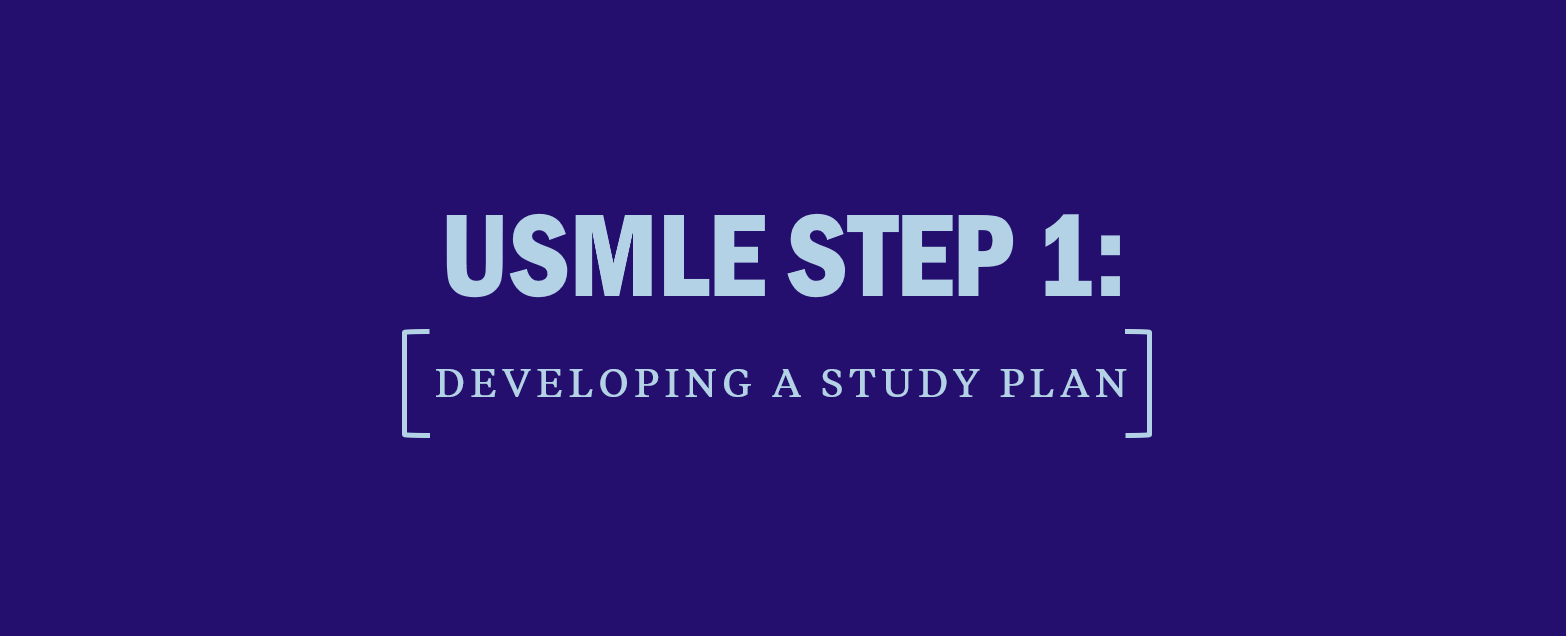What M3s Need to Know for SOAP Oral Presentations
Facing SOAP oral presentations may cause a number of symptoms in the uninitiated M3: racing heart, rollercoaster gut, and sweaty palms. As with many first-time experiences you’ll encounter in your third year, preparation goes a long way toward surviving SOAP oral presentations.
But first, let’s make sure we’re clear on an important point.
SOAP presentations and notes vs. the other SOAP
As a med student, you’ll hear about two different SOAPs. One involves the Match and sometimes has its own nerve-racking associations. The SOAP we’re referring to now, though, stands for a very useful note-taking format:
S – subjective (how the patient feels)
O – objective (vitals, physical exam, labs)
A – assessment (brief description of how the patient presented and a diagnosis)
P – plan (what will be done to treat the patient)
The SOAP notes format is a standard method for giving patient information. You’ll find it effective for both writing notes and presenting patients on rounds.
SOAP oral presentations on rounds
During your clerkship, at some point you’ll be expected to present a patient to discuss on rounds. You’ll most likely present to nurses, residents, and attending physicians who are there to hear from you about what’s going on with the patient. Knowing that, you’ll want your information to be correct, well-organized, and concise. The SOAP format can help.
Subjective Notes
For the subjective segment, lead with a one-sentence reminder of who your patient is. Give an overview of how your patient did overnight and anything major that may have happened since you last rounded.
Objective Notes
Open this segment by discussing vital signs, including blood pressure, pulse, respirations, temperature, and oxygen saturations. Next, present I/Os: intakes and outputs. Give the total intake, followed by a breakdown. Then present your exam, and after that, give laboratory results. If there’s something notable about the labs compared to the day before, make sure to point it out. Sometimes, there will be pertinent imaging that can be presented here as well.
Assessment Notes
This is essentially a wrap-up of the subjective and objective portion of the presentation, so you’ll want to keep it brief. In fact, while on rounds, you might want to listen for the team’s overall impression of the patient and put it into one sentence. The assessment is where you’ll want to avoid too much repetition.
Plan Notes
Here’s where you’ll discuss what you’re actually going to do for your patient. When it comes to the plan, it can be challenging to know how much detail to go into. One of the best things you can do is ask a resident to take a look at your plan, and then ask their advice on how much to present. It can save you time and frustration in the long run.
- Learn what your attendings prefer. When in doubt, ask your attendings on your first day how much detail they like in their presentations. Different attendings want you to present differently—with some wanting you to go over your whole note in detail and others just wanting you to get to the point as quickly as possible.
- Keep your presentations brief. That may depend on just how much detail your attending wants. But generally, a concise and well-organized presentation means you’ll want to shoot for about five minutes. Of course, answering questions may add more time, so be prepared for that.
- Don’t forget to breathe. No doubt, presenting patients can be stressful at first. But that’s where the SOAP format can help. Stick with that, take a deep breath, and over time you’ll find yourself handling oral presentations like a pro.




